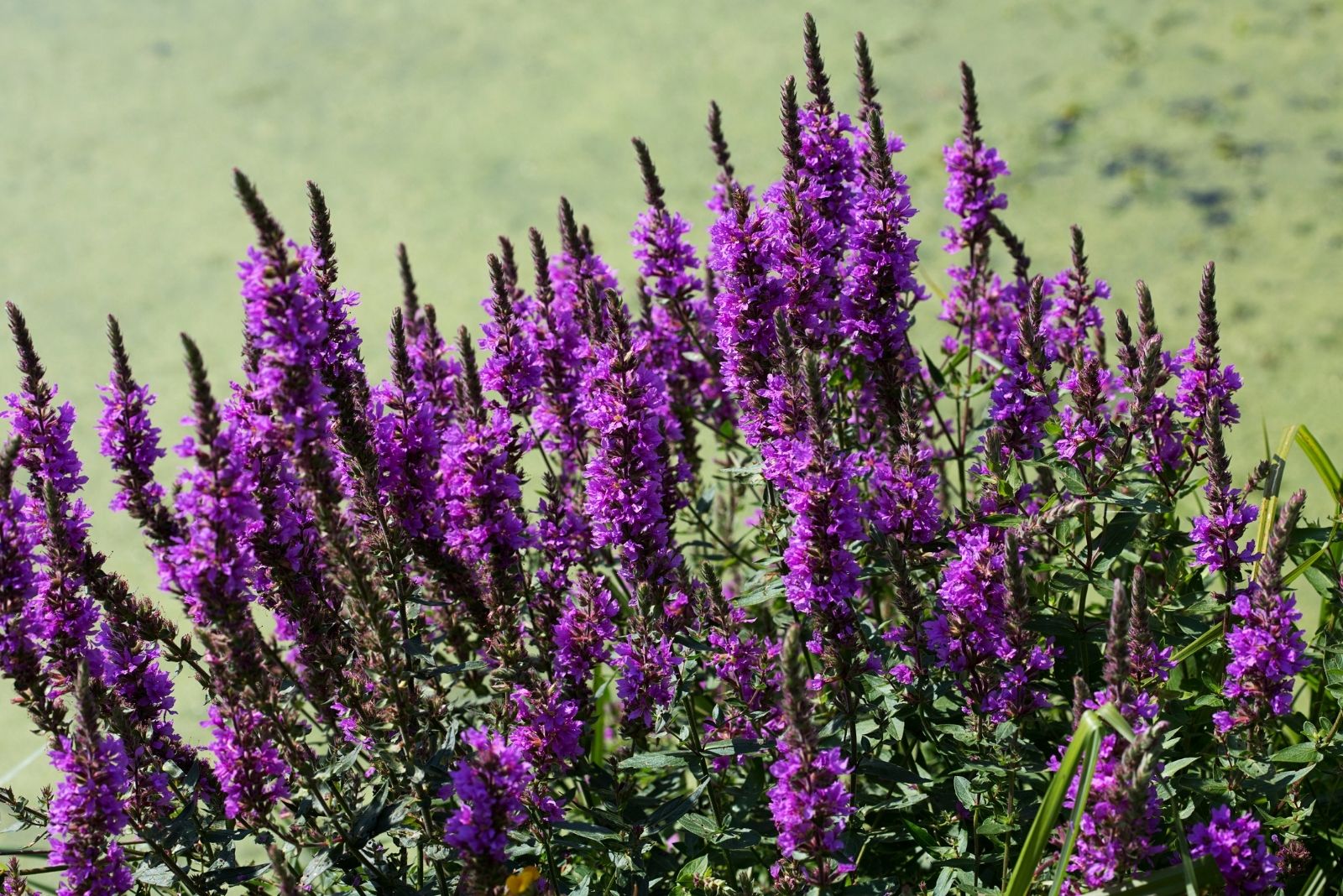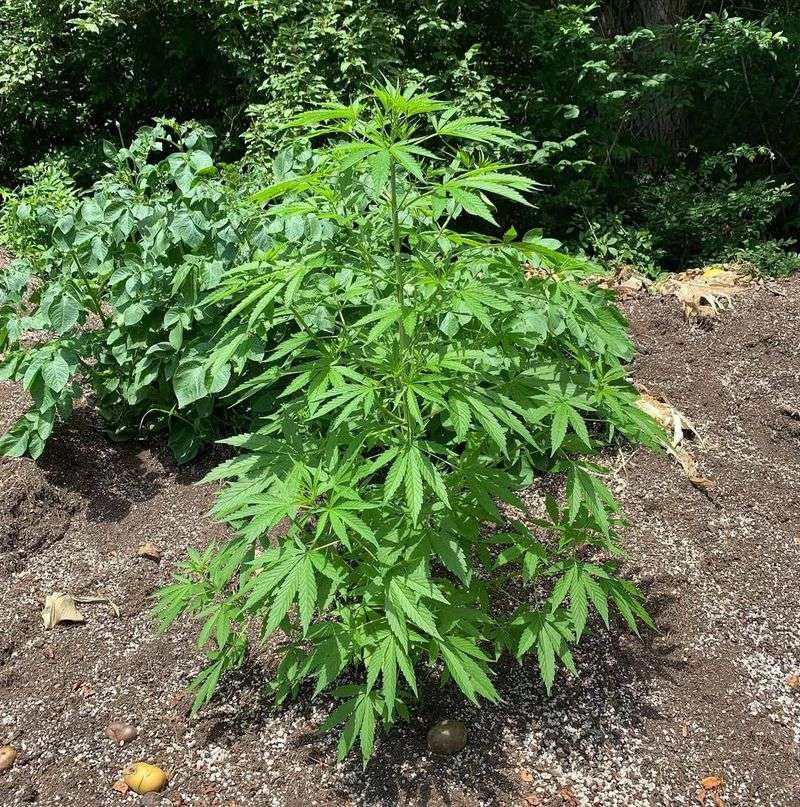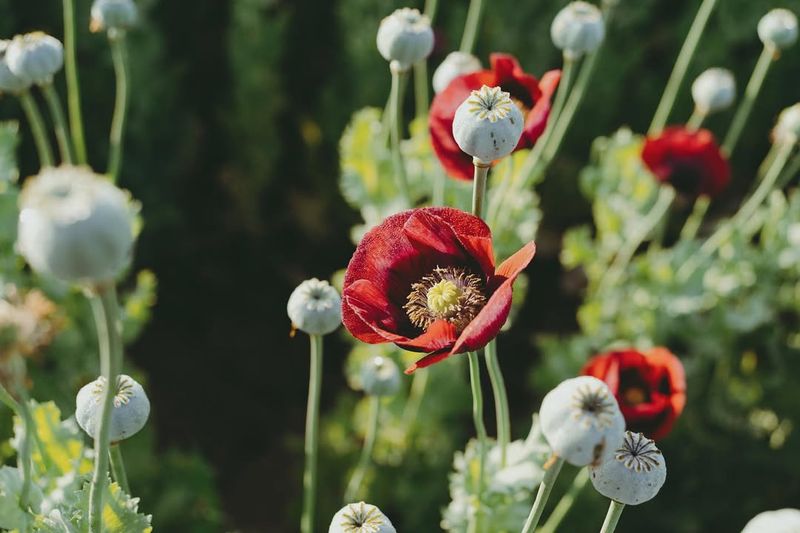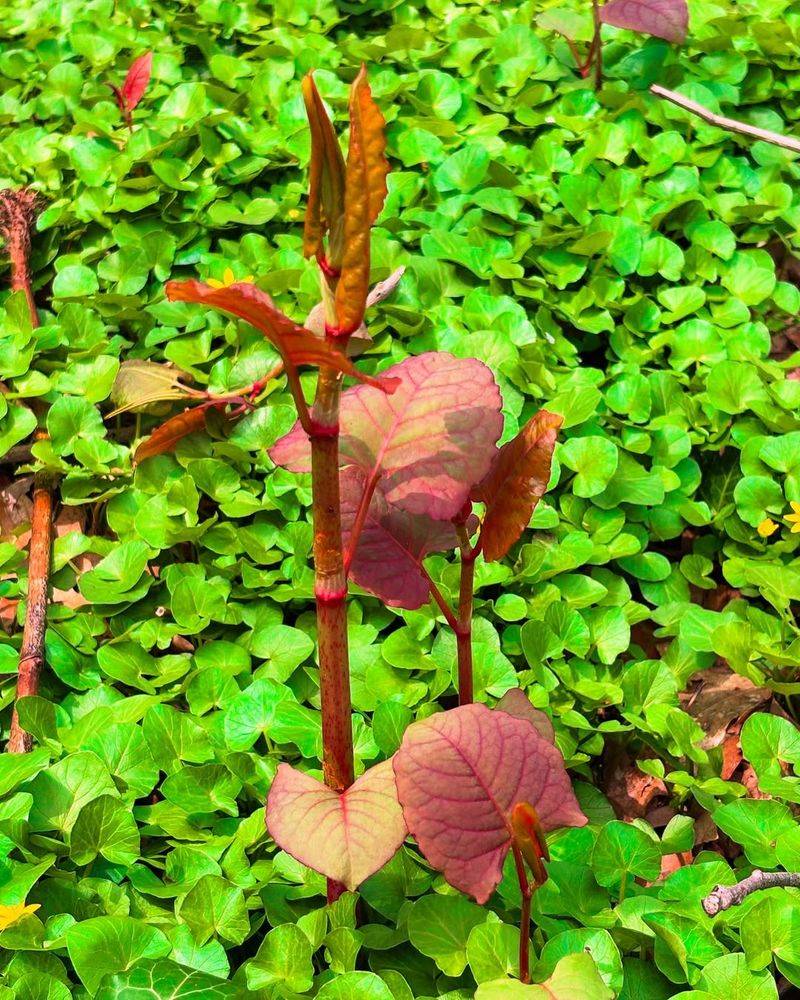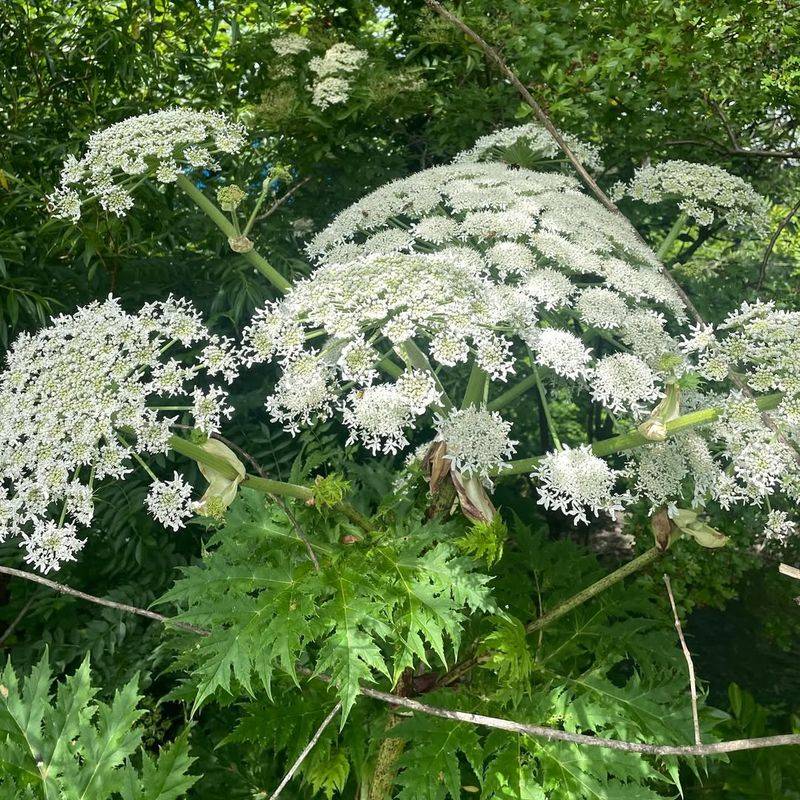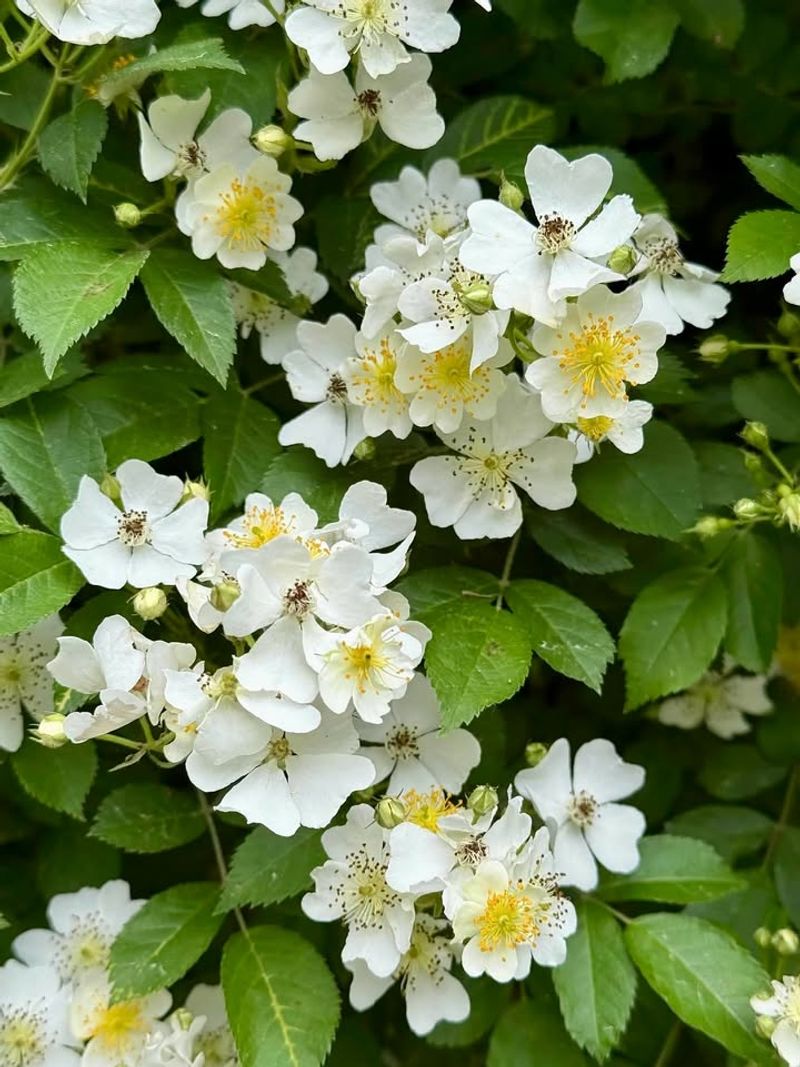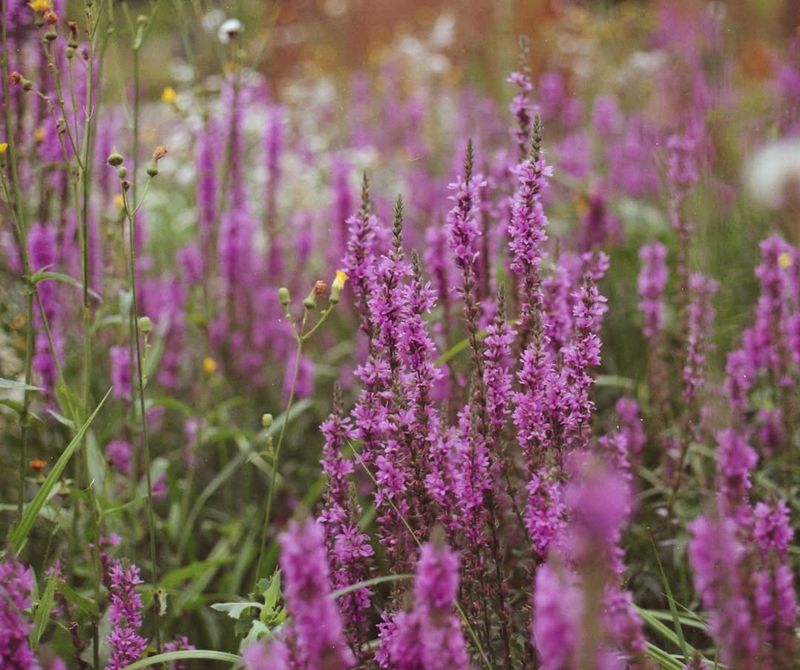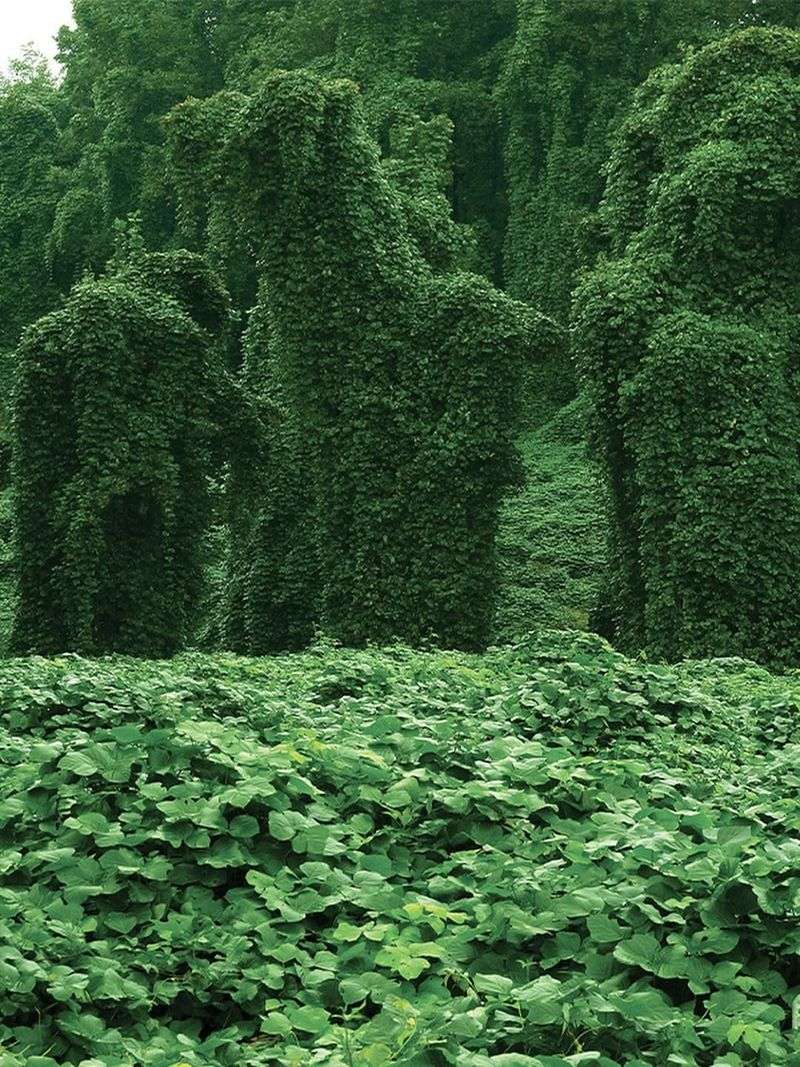Growing your own food can be fun and rewarding, but not every plant is legal to cultivate in your backyard. Rhode Island has specific rules about certain crops that might surprise you.
Some plants can harm local ecosystems, while others pose safety risks or are controlled substances. Understanding these restrictions helps you stay on the right side of the law while gardening responsibly.
1. Cannabis Plants
Medical marijuana is legal in Rhode Island, but recreational cultivation has strict limits. Adults over 21 can grow up to six plants for personal use, with a maximum of twelve per household.
You must keep them secure and out of public view. Breaking these rules can result in serious fines or criminal charges. Growing more than the allowed amount may be considered illegal distribution.
Always check current state laws before planting, as regulations change frequently and vary by municipality.
2. Poppy Plants (Papaver somniferum)
Opium poppies produce beautiful flowers, but they contain narcotic substances that make them illegal to grow. Federal law prohibits cultivating this species because it can be processed into drugs like morphine and heroin.
Even ornamental varieties fall under this restriction. Many gardeners accidentally plant them without knowing the law. Possession of dried seed pods is particularly problematic and can lead to prosecution.
Stick to legal poppy varieties like California poppies or Iceland poppies for colorful garden displays instead of risking legal trouble.
3. Japanese Knotweed
This bamboo-like invader might look interesting, but it destroys everything in its path. Japanese knotweed can crack foundations, damage sidewalks, and choke out native plants with alarming speed.
Rhode Island considers it a prohibited invasive species that property owners must control. Once established, removal costs thousands of dollars and takes years of persistent effort.
The plant spreads through tiny root fragments, making eradication incredibly difficult. If you spot it on your property, contact local agricultural authorities immediately for proper removal guidance.
4. Giant Hogweed
Standing up to 14 feet tall, giant hogweed looks impressive but poses serious health dangers. Its sap contains toxic chemicals that cause severe burns and blisters when exposed to sunlight.
Children are especially vulnerable to accidental contact while playing outdoors. Rhode Island law requires reporting and removal of this invasive species immediately upon discovery.
Never touch or attempt removal without proper protective equipment and expert guidance. Local environmental agencies provide assistance with identification and safe eradication methods to protect community health.
5. Barberry Shrubs (Berberis species)
Japanese barberry may look pretty in landscaping, but it creates perfect habitat for disease-carrying ticks. Studies show areas with barberry have significantly higher tick populations, increasing Lyme disease risk.
Rhode Island restricts planting and selling certain barberry species because of these public health concerns. The shrubs also outcompete native plants and alter forest ecosystems dramatically.
Property owners should remove existing barberry and replace it with native alternatives. Check with local nurseries for approved varieties that provide similar ornamental value without environmental harm.
6. Multiflora Rose
Farmers once planted multiflora rose as natural fencing, but that decision backfired spectacularly. This aggressive invader forms impenetrable thickets that crowd out beneficial native vegetation.
Its sharp thorns make removal painful and time-consuming work. Rhode Island prohibits importing, selling, or intentionally planting this species anywhere in the state. Birds spread its seeds widely, allowing rapid expansion across properties.
If you inherit land with multiflora rose, develop a long-term removal strategy using proper techniques to prevent regrowth and protect surrounding ecosystems.
7. Purple Loosestrife
Those gorgeous purple spikes along wetlands hide a destructive invader that chokes out native marsh plants. Purple loosestrife spreads incredibly fast, producing millions of seeds per plant annually.
Waterfowl and beneficial wildlife lose critical habitat when this species takes over. Rhode Island bans cultivation and sale of purple loosestrife to protect valuable wetland ecosystems.
Even small backyard water gardens can become seed sources that spread to wild areas. Choose native alternatives like cardinal flower or blue flag iris for beautiful waterside plantings that support local wildlife.
8. Kudzu Vine
Known as the vine that ate the South, kudzu grows up to a foot per day during peak season. It smothers trees, buildings, and anything else in its path under thick blankets of leaves.
Rhode Island restricts this aggressive climber to prevent the devastation seen in warmer states. Cold winters limit kudzu spread in New England, but climate change may increase its survival rate.
Never plant it intentionally, and report any sightings to environmental authorities immediately for rapid response and containment before it establishes permanent populations.
9. Poison Hemlock
Every part of poison hemlock contains deadly toxins that can kill humans and animals through ingestion or skin contact. This plant resembles harmless wild carrots, making accidental poisoning a real danger.
Rhode Island considers it a noxious weed requiring immediate removal from properties. Children playing outdoors face particular risk from touching or tasting this deceptively innocent-looking plant.
Wear gloves and protective clothing when removing it, and never burn the plant material, as smoke carries toxic compounds. Proper identification prevents tragic mistakes in gardens and wild areas.
10. Autumn Olive
Wildlife agencies once promoted autumn olive for habitat improvement, but it became an ecological nightmare instead. Birds love the berries and spread seeds everywhere, allowing rapid invasion of fields and forests.
The shrubs shade out native plants and reduce biodiversity significantly. Rhode Island now prohibits planting this species on public and private lands throughout the state. Existing plants should be removed using appropriate techniques to prevent resprouting.
Native alternatives like serviceberry or elderberry provide similar wildlife benefits without the invasive behavior that harms local ecosystems.
11. Mile-A-Minute Weed
Living up to its name, mile-a-minute weed grows astonishingly fast and covers everything with painful barbed vines. Young forests and garden plants suffocate under its weight within a single growing season.
Rhode Island lists it as a prohibited species requiring mandatory reporting and removal. The plant arrived from Asia and lacks natural predators to keep populations in check.
Early detection makes eradication much easier and less expensive than fighting established infestations. Contact local conservation districts if you spot distinctive triangular leaves and backward-pointing thorns on rapidly spreading vines.
12. Water Chestnut
Floating rosettes of water chestnut may look harmless, but they form dense mats that block sunlight and oxygen. Fish populations crash when this aquatic invader takes over ponds and slow-moving waterways.
Rhode Island strictly prohibits possession, transport, and cultivation of this destructive species. The spiky seeds remain viable in sediment for years, making eradication extremely challenging once established.
Even small backyard ponds can become seed sources that contaminate larger water bodies. Report any sightings immediately to prevent spread and protect valuable aquatic ecosystems from irreversible damage.

